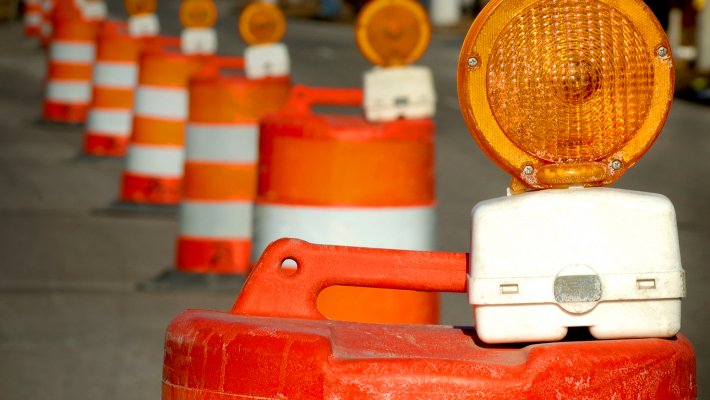Autumn tends to scream “harvest time,” not “planting season,” but fall is the perfect time to get a head start on your yard and garden for spring. The mild temperatures make yard work and gardening much less of a chore, and there’s still plenty of warmth in the soil to encourage new root systems to thrive.
Where should you start? We’ve got all the details you need to know to get started, so grab a spade and let’s get going:
???? For Fall Interest and Color
Does your fall landscape look just a tad dull already? If you want to add some fantastic fall interest to your garden, why not invest in a few ornamental vegetables and cool-season annuals.
The humble cabbage plant and kale can be absolutely stunning in the fall, and they come in ornamental varieties that have frilled leaves and pops of red and purple among the green. Ruby streaks mustard plants turn deep purple in the fall (and the edible blooms are great for soups and salads).
The cool-season annuals tend to pop up all over in pots and hangers so that people can keep a little life and bright color around their doorsteps and on their porches before it’s time to put up the holiday lights. Mums and marigolds make great potted flowers, but so do pansies, petunias and impatiens. If you want an effortless addition to your home’s curb appeal this fall, this may be the way to go.
???? For Spring Blooms That Won’t Keep You Waiting
By the time winter is over, are you always eager for the first signs of new life in the spring? Well, you can create a gorgeous array of colors that will pop right up through any lingering snows in March or April by planting bulb flowers today.
There are tons of bulbs out there that can lend your yard a riot of color early next year. Tulips are always a popular choice since they come in a wide array of shades and tend to do well in both sun and partial shade — but not everybody cares for them, especially since you have to let them die all the way back to the roots before you can cut them.
If you feel like tulips are a bit old-fashioned and fussy, consider snowdrops, starflowers, crocuses and daffodils instead. In a few short months, they’ll be peeking their heads up and adding new interest to your garden.
Just be warned: If you tend to get a lot of wildlife in your yard or garden, your bulbs can end up being tasty treats for deer and squirrels instead of spring flowers, so consider protecting your bulbs with squirrel repellent, a thin grate (that you remove before the spring thaw) or fertilizer.
???? For Boundary Lines and Ornamentation
If you want to add some low-cost definition and interest to your landscape come summer, then this is a great time to add ornamental trees, future shade trees and shrubs. Flowering quince, Northern bush honeysuckle, Rose of Sharon and holly bushes are lovely bloomers and prolific growers, so they’re all perfect for hedge lines and boundary points.
You can get bargain prices on trees right now, so if you’re thinking ahead to what you want your yard to look like in 10 or 20 years, pick quick-to-establish trees like alder, ash, crabapple, hawthorn, maple and spruces.
When you plant, make sure that you give the root bulb plenty of space (dig the hole about twice as wide as it is deep) and that you take the mature size of each plant into consideration. Keep both your newly planted shrubs and trees liberally watered until the ground freezes. You won’t see much growth above ground until spring, but you can bet that the roots are doing their thing underground quite well.
???? For a Gorgeous Lawn Next Summer
Did your lawn suffer a little from the heat this year? Do you have a few bald patches where your kids were playing over the summer? If you want a gorgeous and virtually effort-free lawn come spring, this is the best time to add seed or sod.
Sod, naturally, gives you instant results — but there’s no real need to go to the expense when it won’t be long before everything is covered in fallen leaves and then snow. Seed is cheaper and you can install it with nothing more than a rake (to better expose the soil where you intend to plant) and a seed spreader.
Liberally spread the grass seed wherever you need to patch the grass and water the ground liberally. Cover the seed with straw to prevent it from becoming bird food, and you can virtually forget about it until all the new grass shoots up in the spring.
If your entire lawn looked a little weak this past summer, now is also a great time to add some slow-release nitrogen fertilizer. Wait until the next rain and apply while the ground is still moist for better soil absorption. By next summer, you’ll have the lush, green lawn of your dreams.
Want to know the best part about fall planning? Everything at the garden center is on sale! Plus, fall showers are frequent to help water your new plants, and the ground is still soft and warm enough to let their roots grow deep before the real cold hits — so get out there and get planting!




